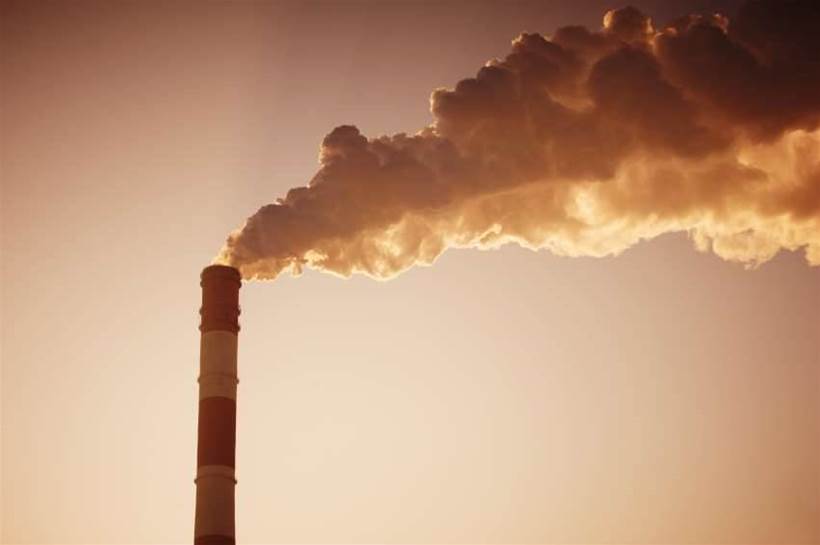NASA has selected two proposals for new Earth science investigations that will put new instruments into low-Earth orbit to track harmful air pollutants and study the development of tropical cyclones.
The Multi-Angle Imager for Aerosols (MAIA) will observe small atmospheric aerosol levels and combine the data with health information to determine the toxicity of different airborne pollutants over the world’s major cities.
MAIA will use a twin-camera device that will make radiometric and polarimetric measurements to characterise the sizes, compositions and quantities of particulate matter in air pollution.
Together with population health records, it is hoped that a better understanding of the connections between aerosol pollutants and health problems can be made.
The Time-Resolved Observations of Precipitation structure and storm intensity with a Constellation of Smallsats (TROPICS) investigation will develop and launch a constellation of CubeSats to study the development of tropical cyclones through rapid-revisit sampling.
TROPICS will consist of 12 CubeSats, each about 30cm in length and weighing under 4kg. These CubeSats will be launched in three orbital planes and use scanning microwave radiometers to measure temperature, humidity, precipitation and cloud properties of tropical cyclones in 21 minute intervals.
The two investigations were selected from a pool of 14 proposals submitted to NASA’s Earth Venture Instrument-3 program.
These initiatives are small, targeted science investigations that complement NASA’s larger missions.







